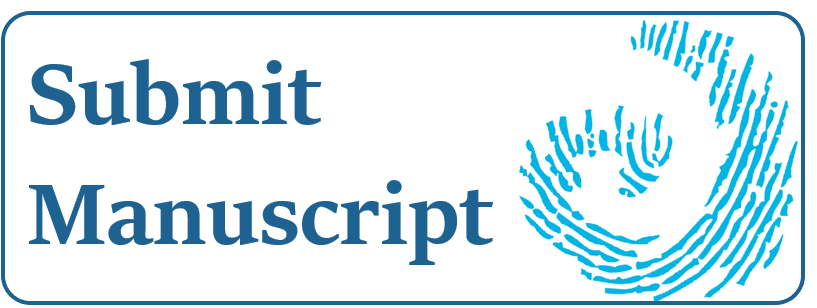Can archival science add value to chemical compound library management?
Abstract
The synthesis and testing of thousands of chemical compounds is an essential process in the development of small molecule drug therapies. Over time, even a small research group can generate tens of thousands of compounds and a vast amount of data that is associated with the compounds. One of the challenges faced by research groups is how to manage these compound collections. This review considers chemical compound libraries from a records management perspective and was written based on personal experience working in drug discovery and with knowledge gleaned during postgraduate study in archival systems. A review of the four dimensions – create, capture, organise and pluralise – of the Records Continuum Model has been employed to address some of the issues associated with the management of large chemical compound libraries. This review is not a technical description of how to create a compound library management system; rather, it serves as a starting point for drug development scientists to consider applying archival science theories to improve chemical compound management.
From 2022 (Volume 50) authors contributing to Archives & Manuscripts agree to publish their work under the terms of the Creative Commons Attribution-NonCommercial-NoDerivatives License), which permits non-commercial re-use, distribution, and reproduction in any medium, provided the original work is properly cited, and is not altered, transformed, or built upon in any way. Authors retain copyright of their work, with first publication rights granted to A&M.




